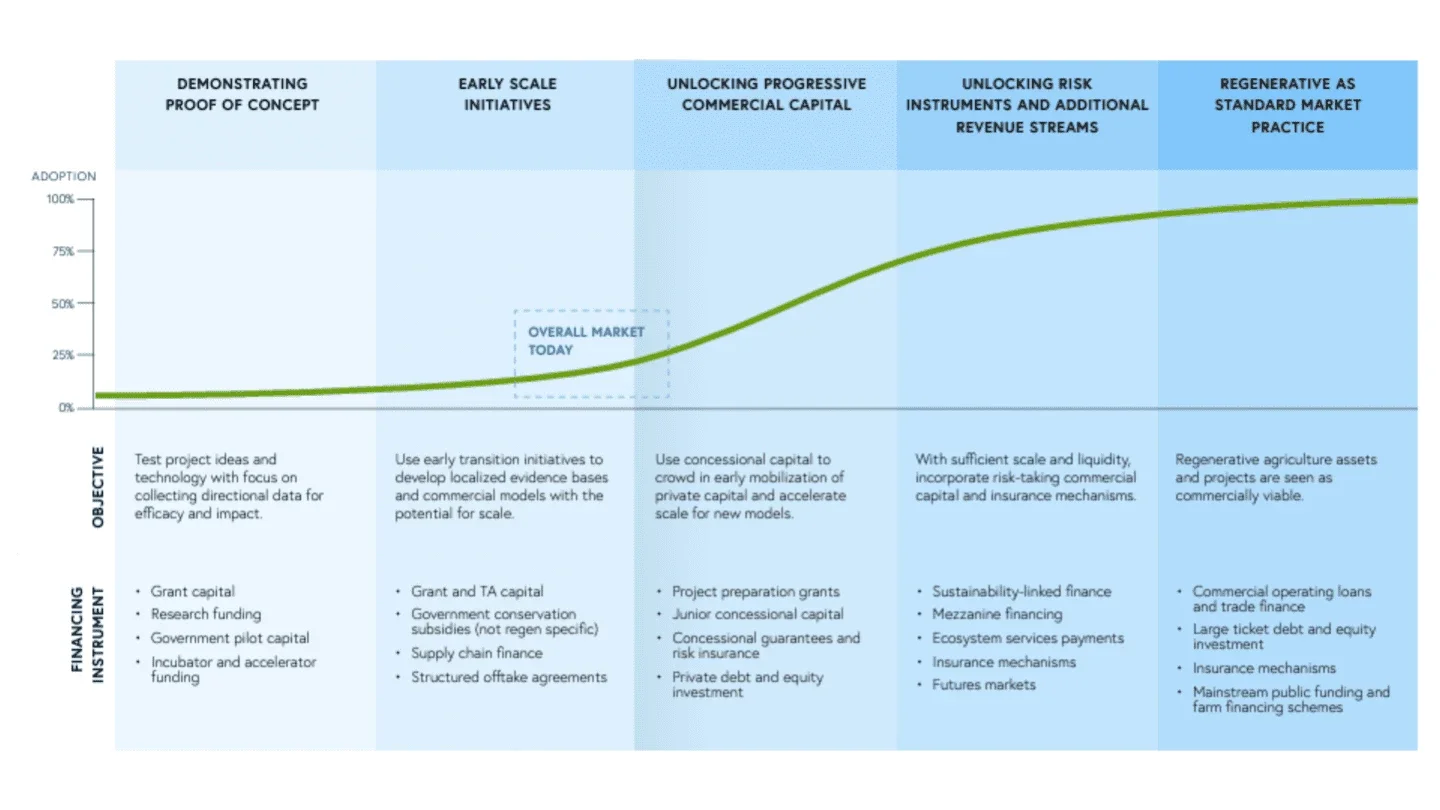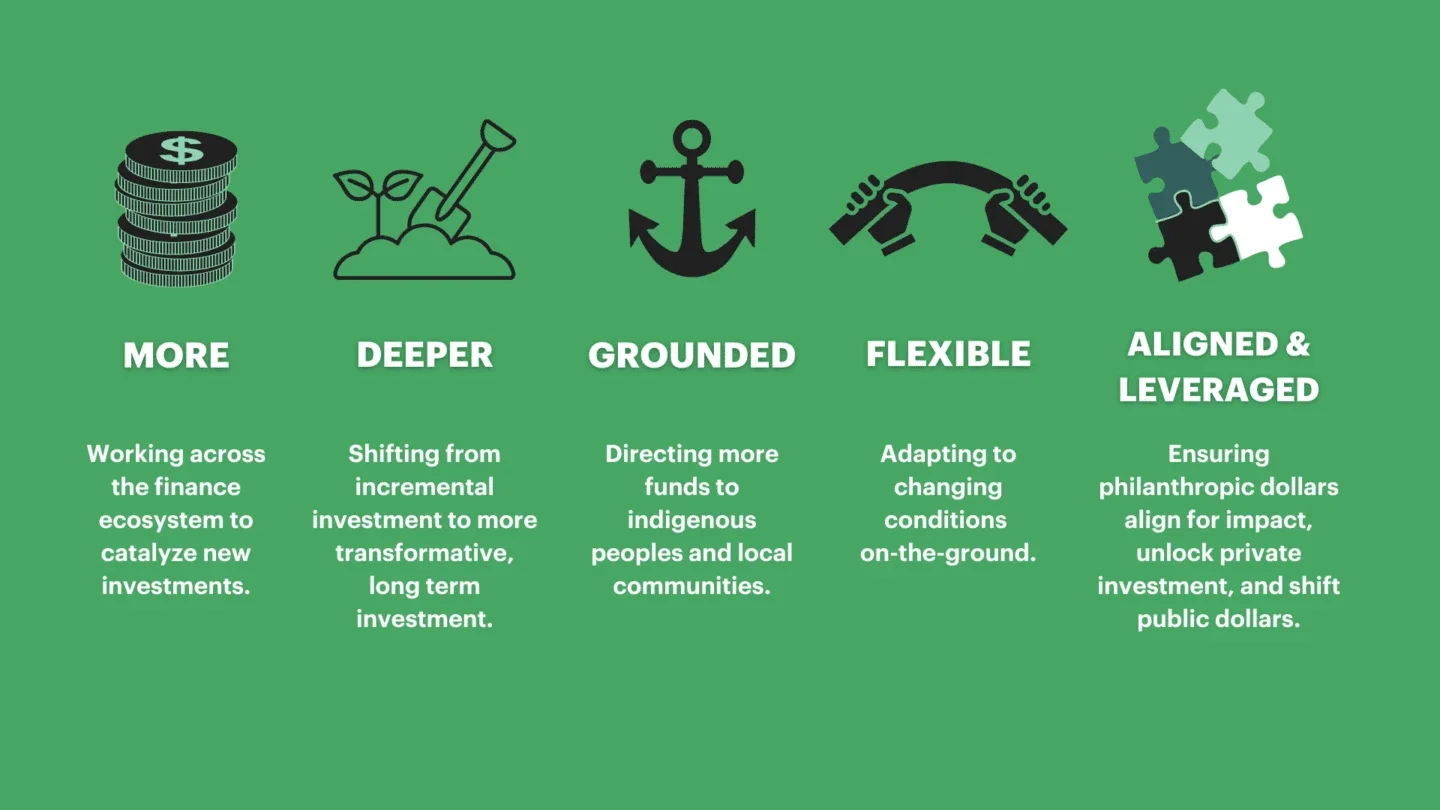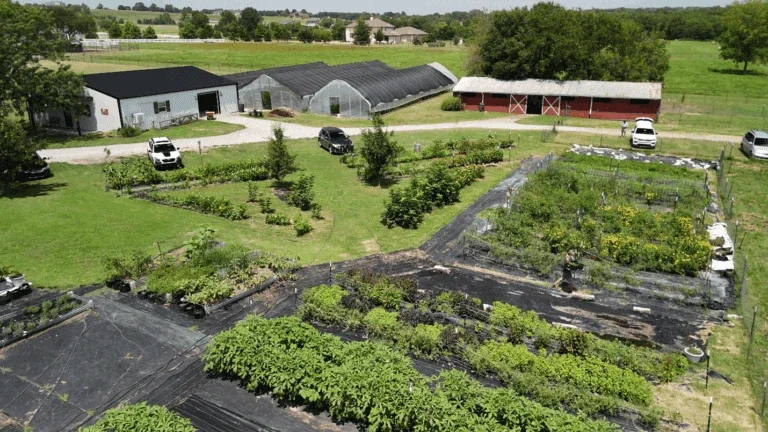This year’s COP marked a pivotal moment in our global fight against climate change. Dubbed the “Climate Finance COP,” it was the first gathering since the Paris Agreement in 2015 that we officially transgressed the 1.5 degrees Celsius threshold that marked a red line for humanity. This year, significant financial commitments were announced to advance the climate agenda. Yet, there is one area where we are backsliding: food systems.
Food production contributes one-third of global greenhouse gas emissions, yet it has received a mere 2.5% of climate finance in recent years — concerningly down from 3% in previous years, according to a new report from the Global Alliance for the Future of Food. We need to stop cutting climate financing for food systems if we want to reduce emissions while building a more sustainable and nourishing food supply. This will mean supporting the transition to regenerative agriculture with its focus on restoring soil health, building climate resilience, sequestering GHGs, and advancing farmer well-being. Without this transition, our food system will prevent us from maintaining a 1.5 degrees warmer world, even if all other climate actions in every other sector — energy, the built environment, transportation, etc. — are taken.
Yet despite an increase in awareness about the importance of regenerative/agroecological/climate resilient agriculture, current financial systems are underdeveloped and insufficient to support the scale of transition required.





